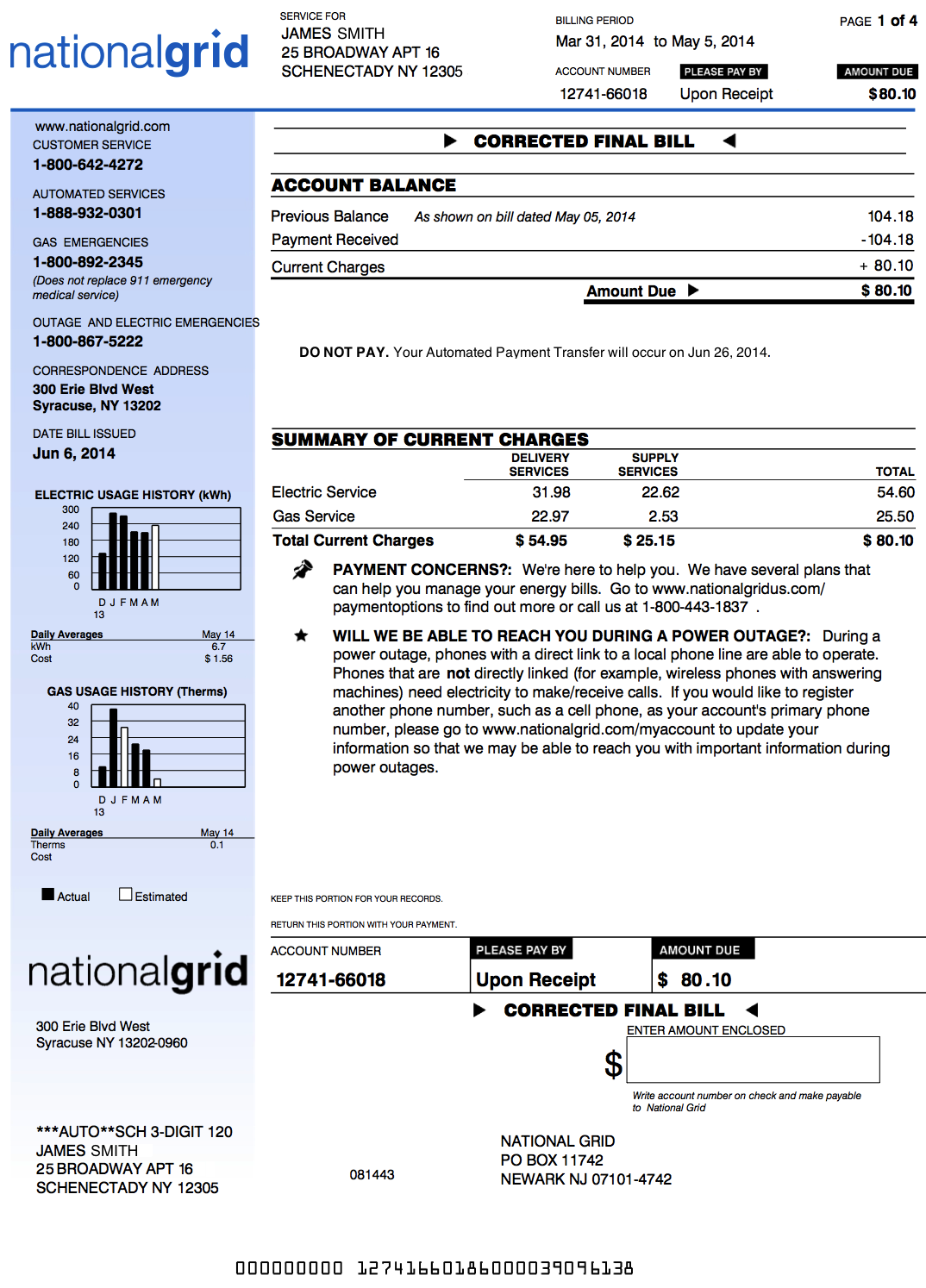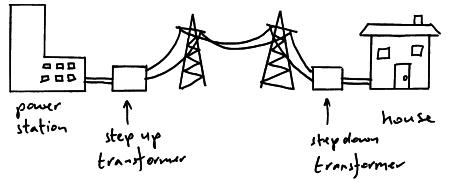

The company felt this would improve customer service and reduce the number of asset strikes. Instead it wanted to respond to each enquiry online, making the process much quicker. UKPN wanted to move away from this more traditional way of providing asset plans via print. However, this way of operating was creating huge backlogs, which meant that the team often had to work on weekends and evenings to supply customers with the information they needed in an appropriate timeframe. Due to the sheer number of customer requests, not only was the printing machine one of the most important pieces of technology in the office, but it also was one person’s job to fold the printed plans for their entire shift. Both teams were large, employing up to seven people at any one time. UKPN had two plan provision departments, both of which were responsible for answering customer requests and printing out plans of UKPN’s underground network. In conclusion, the European Commission's proposal is a step in the right direction, but the five key issues identified by Eurelectric need to be addressed to ensure its success.I n 2019, UKPN was receiving up to 70,000 enquiries per month through LSB UD, which is a 250 percent increase year on year since it first became a Member. All flexibility options should be considered, and flexibility support should be embedded in existing markets and capacity mechanisms where they exist. National regulatory barriers should be removed to boost investment.įinally, flexibility potential should be unlocked in a technology-neutral and market-based manner. Stress tests and reporting requirements should be encouraged instead of normalising hedging strategies and regulating supply offers to the detriment of retail competition and customers' choice.įourthly, grid investment and modernisation are necessary for the energy transition, and tariff design should provide the right incentives to system operators. Thirdly, the right balance between customer protection and supply regulation should be struck.

Collateral requirements should be addressed, and untested solutions like virtual hubs should be avoided. Secondly, enhancing forward market liquidity is essential, and quick-wins based on the current set-up should be implemented. Additionally, retroactive changes should be avoided, and measures facilitating the approval and long-term implementation of capacity mechanisms should be considered. However, we have identified the following five key issues that need to be addressed to ensure the proposal's success.įirstly, the focus on long-term contracts and markets is appreciated, but the design needs to be adequate to allow long-term instruments to complement each other. The proposal focuses on enhancing customer choices and boosting long-term contracts and hedging opportunities to encourage investment in renewable energy sources and low carbon technologies. Note: If you've told us more than once your browser could be blocking cookies. The recent proposal by the European Commission on the revision of the electricity market design has been overall welcomed by Eurelectric. If you confirm where you use our services most, we can tailor our site to your needs.


 0 kommentar(er)
0 kommentar(er)
